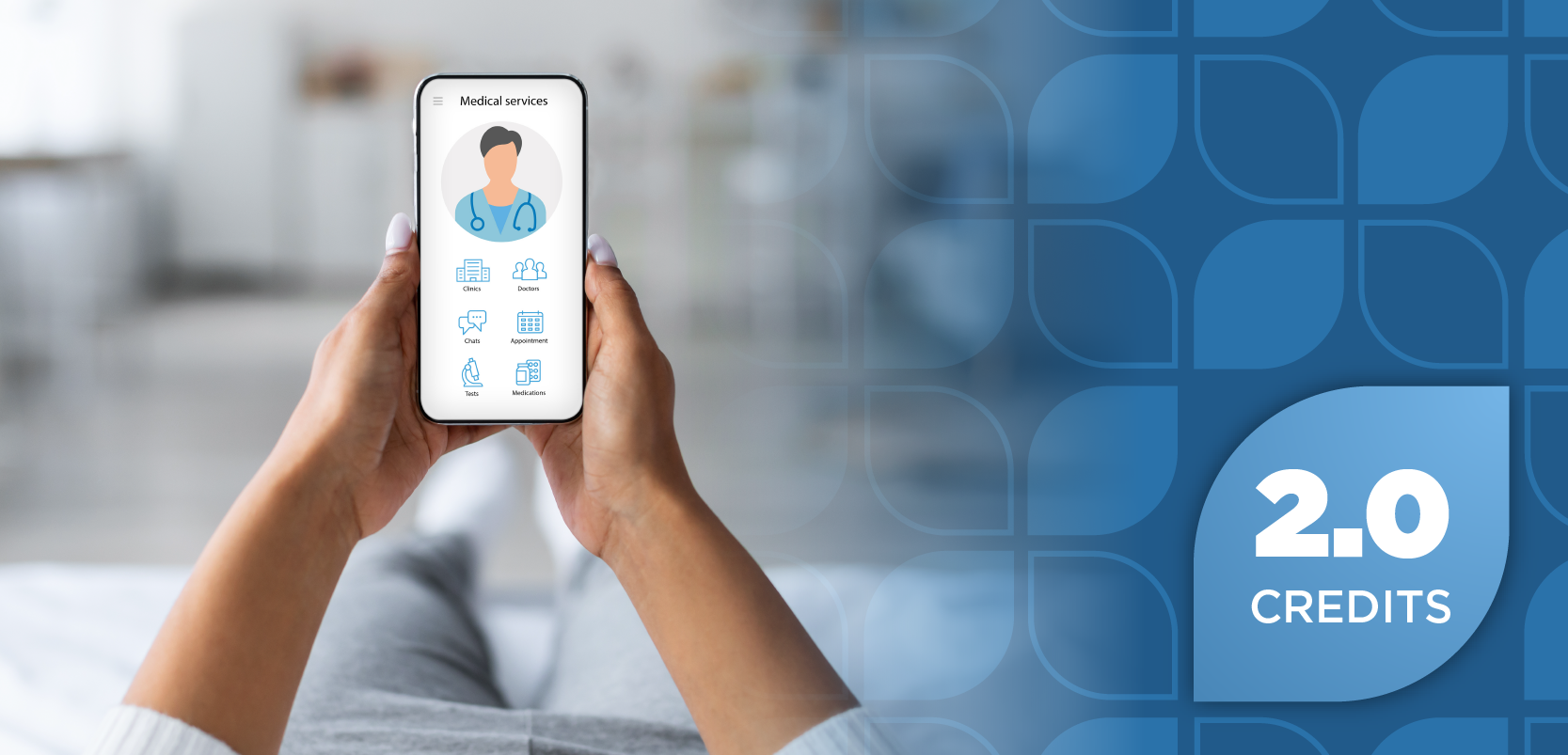|Videos|February 5, 2021
COPD Stakeholder Summit: Utilizing Peak Inspiratory Flow Rates to Individualize Treatment and Improve Outcomes
Various stakeholders who play a role in the management of chronic obstructive pulmonary disease (COPD) explore various topics pertaining to the current treatment of COPD and discuss the adoption of measuring peak inspiratory flow rates into clinical practice.
Advertisement
This activity is supported by an educational grant from Boehringer Ingelheim.
Newsletter
Stay ahead of policy, cost, and value—subscribe to AJMC for expert insights at the intersection of clinical care and health economics.
Advertisement
Related Articles
 Closing Perspectives
Closing PerspectivesApril 25th 2025
 Long-Term Outcomes Assessment
Long-Term Outcomes AssessmentApril 25th 2025
 Population Outcomes and Return on Value With CGMs
Population Outcomes and Return on Value With CGMsApril 18th 2025
 Health Care Quality Impact
Health Care Quality ImpactApril 18th 2025
 The Metro Nashville Public Schools Initiative
The Metro Nashville Public Schools InitiativeApril 11th 2025
 Adoption Strategies
Adoption StrategiesApril 11th 2025
Latest CME
Advertisement
Advertisement
Trending on AJMC
1
West Coast Health Alliance Releases First Vaccine Guidelines, Aiming to Replace CDC Recommendations
2
Metabolic Issues More Common in Patients With HIV
3
Iron Dysregulation Linked to MS Progression, Review Finds
4
Efficacy of Ruxolitinib Cream in Nonsegmental Vitiligo Confirmed in Real-World Study
5















































